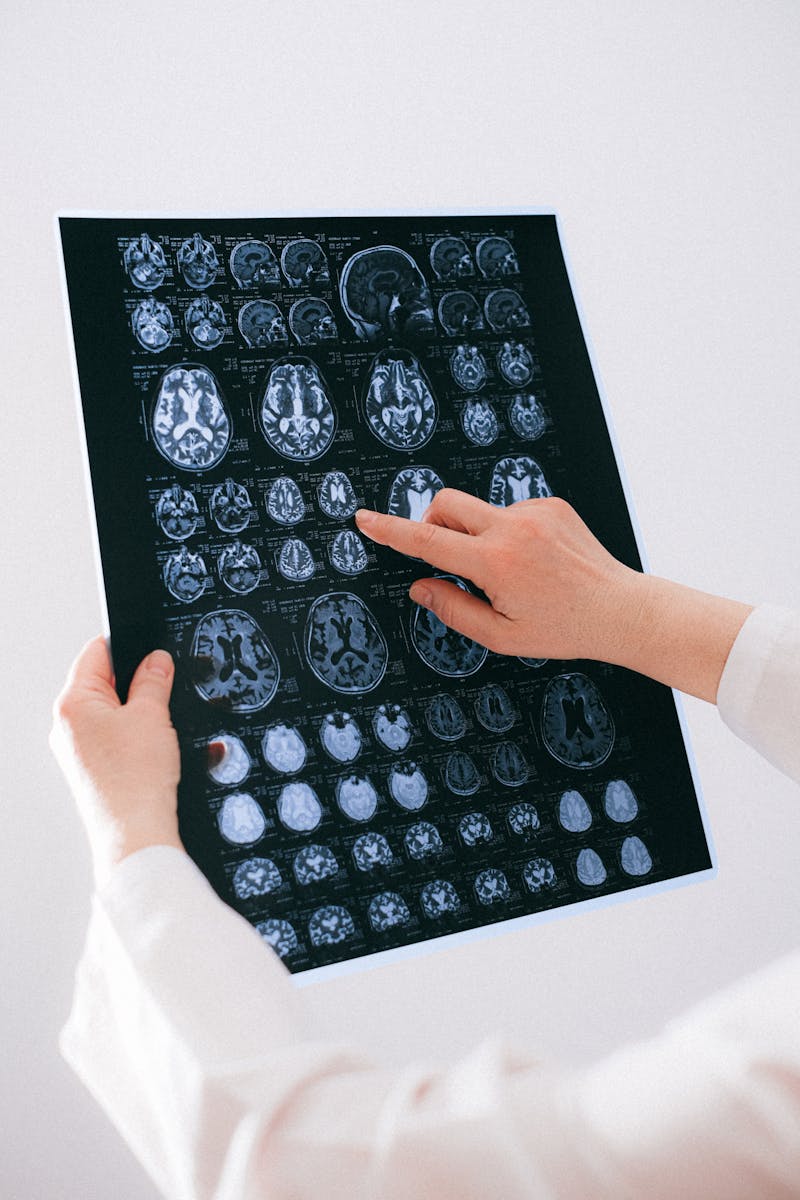Multimodal AI in Healthcare: Saving Lives with Smarter Data

Building on our discussion of how multimodal AI is revolutionizing technology, this post dives deep into its transformative impact on healthcare. By integrating medical images, patient records, voice notes, and sensor data, multimodal AI is enabling faster, more accurate diagnoses and personalized treatments that save lives every day[1][5][7].
How Multimodal AI Works in Healthcare
Healthcare data is complex and varied: X-rays, MRIs, lab results, doctors’ notes, and patient interviews. Multimodal AI systems synthesize these diverse data streams to provide a comprehensive understanding of patient health. For example, an AI can analyze an MRI scan while simultaneously reviewing patient history and doctor’s observations to detect early signs of disease that might be missed otherwise[5][7][9].
Key Benefits of Multimodal AI in Healthcare
- Early and Accurate Diagnosis: Combining image analysis with clinical notes improves detection of cancers, neurological disorders, and more[5][9].
- Personalized Treatment Plans: AI tailors therapies by understanding genetic data, lifestyle information, and treatment responses[7].
- Remote Patient Monitoring: Multimodal sensors track vital signs, movement, and voice changes to alert caregivers proactively[5].
- Enhanced Medical Research: Researchers analyze multimodal datasets to discover new correlations and drug targets[7][10].
Leading Multimodal AI Healthcare Tools
- IBM Watson Health – Uses multimodal data to assist oncologists in cancer treatment decisions.
- PathAI – AI-powered pathology diagnostics combining images and clinical data.
- Tempus – Integrates genetic, clinical, and imaging data for precision medicine.
- NVIDIA Clara – Multimodal AI platform for medical imaging and genomics.
Challenges and Ethical Considerations
While the potential of multimodal AI in healthcare is enormous, it also raises important challenges:
- Data Privacy: Handling sensitive patient data securely is paramount[12].
- Bias and Fairness: Ensuring AI models work equally well across diverse populations[12].
- Interpretability: Doctors need transparent AI decisions to trust and act on recommendations[12].
- Regulatory Compliance: Navigating healthcare regulations while innovating with AI[12].
Watch: Multimodal AI in Healthcare Explained
- How AI is Transforming Healthcare | Multimodal AI Applications (YouTube)
- More Videos on Multimodal AI in Healthcare
Related Posts in Our AI Revolution Series
FAQ: Multimodal AI in Healthcare
Can multimodal AI replace doctors?
No. Multimodal AI is designed to assist healthcare professionals by providing richer insights and faster analysis. It supports decision-making but does not replace human expertise[5][7].
Is patient data safe with multimodal AI systems?
Leading healthcare AI providers follow strict data privacy laws like HIPAA and GDPR. However, patients should always confirm how their data is used and protected[12].
How soon will multimodal AI be widely used in hospitals?
Adoption is accelerating, with many hospitals already piloting multimodal AI tools. Widespread use depends on regulatory approvals and integration with existing systems but is expected within the next 3-5 years[5][7].
Multimodal AI is not just the future of technology-it’s the future of saving lives. Stay informed and explore the tools shaping healthcare innovation today.
Found this helpful? Share it with a friend on social media platforms!
No comments: